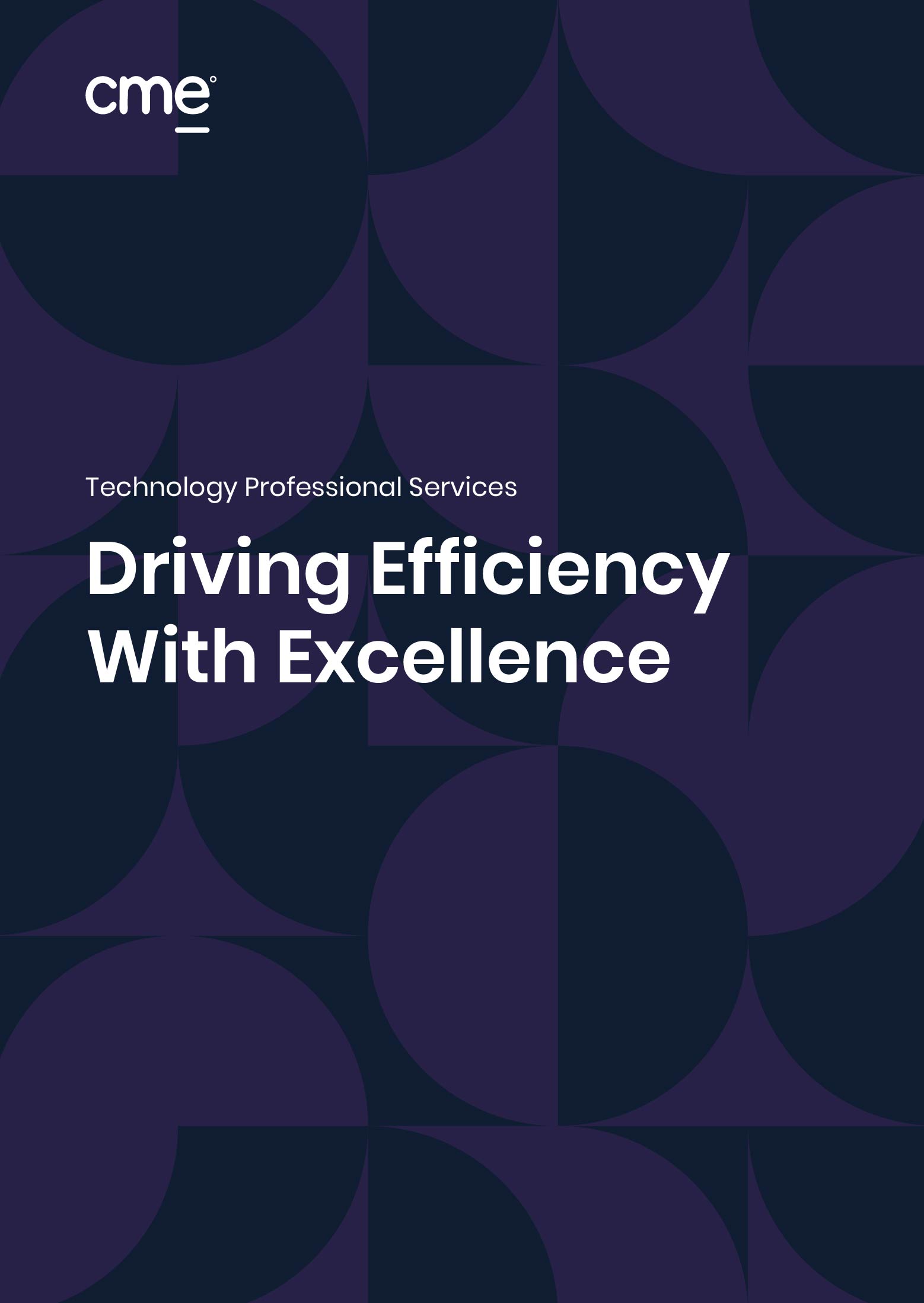Turning An Electronic Invoicing System Into A Smart, AI-Driven Workflow
AI
Turning An Electronic Invoicing System Into A Smart, AI-Driven Workflow
In a revamped invoicing system powered by AI, classification became automatic, reconciliation streamlined, and user support instant, making accuracy and efficiency the norm rather than the goal.
The Background
Our client, a leading provider of cloud business management solutions, was looking to revamp the electronic invoicing systems in one of their flagship accounting solutions. They wanted to attain optimum outcome accuracy, accelerate processing times, and streamline all workflows for a smoother experience.
By using Machine Learning (ML), Optical Character Recognition (OCR), and Natural Language Processing (NLP), we were able to achieve remarkable operational efficiencies with spot-on results.
What We Did
We implemented four different AI models across the invoicing system chain, each responsible for streamlining a specific function.
1. Prediction of accounts and third parties for invoices
Challenge
Automate manual invoice classification and minimize long processing time.
Solution
For all types of invoices, we integrated OCR to scan and extract key fields, such as vendor names, amounts, and dates. Once extracted, the data undergoes feature engineering to enrich the dataset and improve prediction accuracy.
Using decision-tree-based ML models like Random Forests, the system automatically classifies invoices into the appropriate categories, such as expense accounts, income accounts, or fixed assets, and identifies third-party entities like vendors.
These ML models are trained on historical invoice data, enabling accurate categorization of accounts and third parties.
2. Prediction of bank accounts and third parties for bank statements
Challenge
Automate time-consuming process of matching bank statements with accounting records and eliminate reconciliation bottlenecks.
Solution
Similar to the previous model, we used OCR and feature engineering techniques to extract data from bank statements and feed the dataset. The same ML models as above are also used to predict associated bank accounts and third-party details based on historical data.
With this automated system in place, bank statement transactions can be matched to accounting records, substantially reducing manual reconciliation time and improving overall financial processing efficiency.
3. Analysis and prediction correction
Challenge
Ensure the accuracy of AI predictions and implement incremental learning.
Solution
This phase involves a model that validates and analyzes predictions for bank accounts, third parties, and invoice accounts. It cross-checks them with actual records in the accounting system. A feedback loop is established, where user corrections are integrated into the model’s retraining process.
A user-friendly analysis dashboard enables stakeholders to compare predictions, actual entries, and corrections to easily identify discrepancies. With this iterative feedback mechanism, the models evolve over time, decreasing errors and improving prediction accuracy for future transactions.
4. AI chatbot for invoice and functional queries
Challenge
Reduce the burden on support staff and provide instant assistance to users with invoice-related questions.
Solution
To round up the chain, we set up a generative AI-powered chatbot that automates responses to FAQs about electronic invoices and functional issues. We introduced another layer with Retrieval Augmented Generation (RAG) capabilities, which allows the chatbot to pull from a vast collection of documents related to electronic invoices and functional issues.
Here’s how it works. When a user submits a query, such as “invoice formats” or “submission procedures”, the retrieval model extracts relevant sections from specific documents. These sections are then fed to the generative model, leading to more accurate, fact-based responses.
With state-of-the-art transformer-based models, the chatbot provides real-time, context-aware answers that tackle user frustration and boost support staff productivity.
The Results
- Reduces errors by automating the categorization of invoices into accounts
- Speeds up invoice processing by automatically assigning accounts
- Predicts and assigns bank accounts and third-party associations
- Decreases manual effort in reconciliation
- Improves the accuracy of financial reporting by processing bank statements faster
- Provides insights into potential discrepancies, supporting better compliance
- Automates responses to common queries, minimizing manual intervention and improving user experience
More Insights

PREMIUM RESOURCES
FLEXIBLE ENGAGEMENT
Whether you need help with day-to-day operations, professional support in a specific area of technology, a spearhead on a new innovative project, or anything in between, our technology services have you covered for your near and long-term goals. For more information, explore our tech services overview below.




